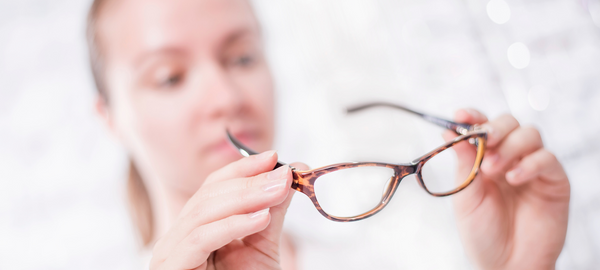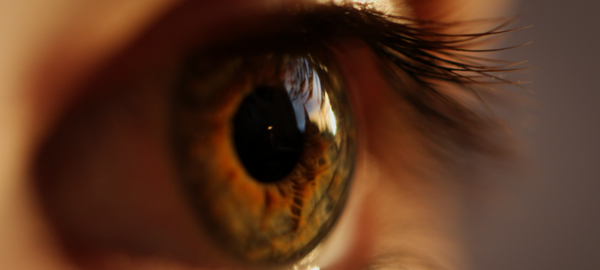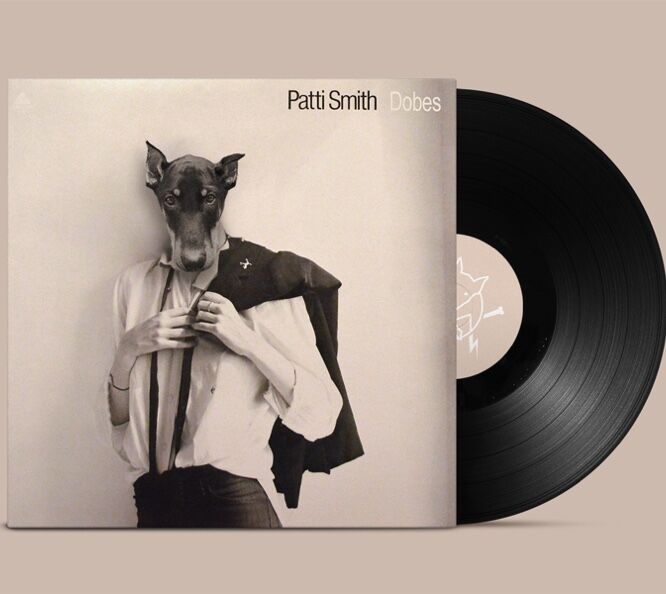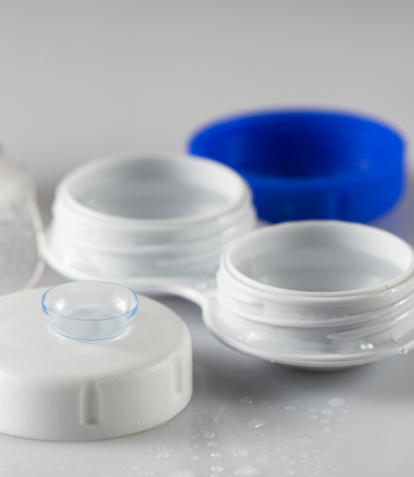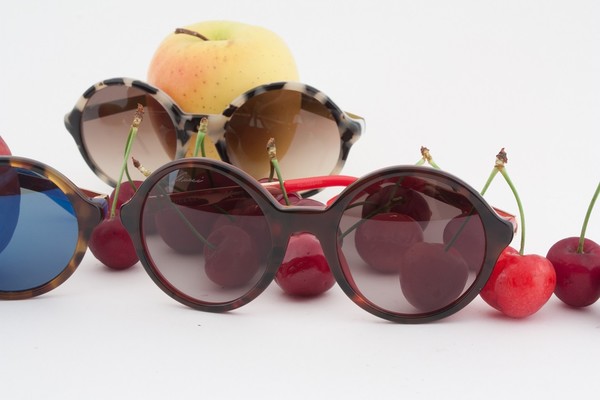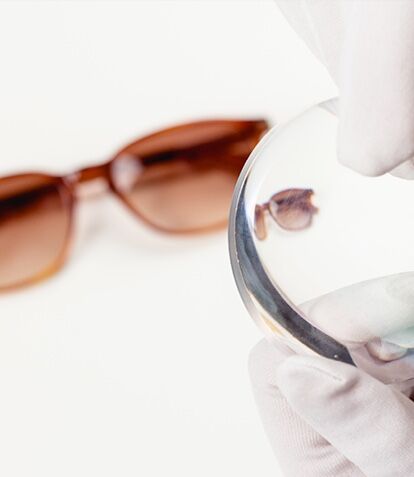
How can blue light blocking glasses improve your sleep?
What is Blue Light and what are the effects of blue light?
Simply put, blue light is just light that is emitted from electronic devices. When we stare at our digital screens for a large amount of time, our body absorbs an excessive amount of blue light that could have harmful effects on our health. While glaring at a screen for too long can induce some immediate physical damages such as neck and back strains, the long term effects are more detrimental in comparison. The artificial blue light emitted from our digital devices also have impactful damage to our entire system and might also result in digital eyestrain.
Another effect, and possibly the most annoying to deal with, is the disruption of our circadian rhythm as a result of decreasing serotonin levels. Circadian rhythm, or our body clock, controls our daily routines to ensure us of a healthy lifestyle. However, our sleeping hours could easily be affected due to the increased concentration levels induced by these light rays at night. As a result, problems such as restless sleep, reluctance to wake up, and insomnia come about which only lead to an increasingly lethargic lifestyle. Blue light is considered as one of the insomnia causes.
One long term effect blue light can cause is digital eyestrain which could snowball into vision problems that permanently damage our eyesight. Problems such as cataracts and age-related muscular degeneration are two of the most common issues exacerbated by the over-absorption of blue light. With over 70% of adults today admitting they have eye strain issues, it is apparent that the scope of people affected by blue light is increasing faster than ever.
Blue Light Blocking Glasses
Blue light can actually be easily prevented with just a pair of blue light glasses. These glasses have lenses with lens focusing power (i.e. a blue light filter) that allows us to concentrate on the screen while reducing our eye muscular fatigue. Slipping on a pair of blue light blocking glasses will allow us to preserve our normal melatonin levels and ensure that you regain all the benefits of sleep. For more information or a place to buy these blue light blocking glasses please check out SmartBuyGlasses.
How can blue light blocking glasses improve your sleep?
What is Blue Light and what are the effects of blue light?
Simply put, blue light is just light that is emitted from electronic devices. When we stare at our digital screens for a large amount of time, our body absorbs an excessive amount of blue light that could have harmful effects on our health. While glaring at a screen for too long can induce some immediate physical damages such as neck and back strains, the long term effects are more detrimental in comparison. The artificial blue light emitted from our digital devices also have impactful damage to our entire system and might also result in digital eyestrain.
Another effect, and possibly the most annoying to deal with, is the disruption of our circadian rhythm as a result of decreasing serotonin levels. Circadian rhythm, or our body clock, controls our daily routines to ensure us of a healthy lifestyle. However, our sleeping hours could easily be affected due to the increased concentration levels induced by these light rays at night. As a result, problems such as restless sleep, reluctance to wake up, and insomnia come about which only lead to an increasingly lethargic lifestyle. Blue light is considered as one of the insomnia causes.
One long term effect blue light can cause is digital eyestrain which could snowball into vision problems that permanently damage our eyesight. Problems such as cataracts and age-related muscular degeneration are two of the most common issues exacerbated by the over-absorption of blue light. With over 70% of adults today admitting they have eye strain issues, it is apparent that the scope of people affected by blue light is increasing faster than ever.
Blue Light Blocking Glasses
Blue light can actually be easily prevented with just a pair of blue light glasses. These glasses have lenses with lens focusing power (i.e. a blue light filter) that allows us to concentrate on the screen while reducing our eye muscular fatigue. Slipping on a pair of blue light blocking glasses will allow us to preserve our normal melatonin levels and ensure that you regain all the benefits of sleep. For more information or a place to buy these blue light blocking glasses please check out SmartBuyGlasses.





































